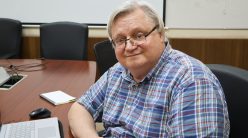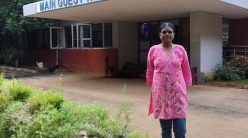When Sunanda Vinayachandran came to Bangalore, she joined the Department of Biotechnology at St Joseph’s College as a faculty member, a department which she also headed for a few years. She had then just moved to the campus of IISc with her husband, PN Vinayachandran, Professor at the Centre for Atmospheric and Oceanic Sciences. Sunanda, who eventually completed another Master’s degree in psychology (her first was in biochemistry), then started a second career as a counselling psychologist working with young adults and adolescents. The COVID-19 pandemic gave her an opportunity to rediscover her love for photography and since then she has become an accomplished photographer
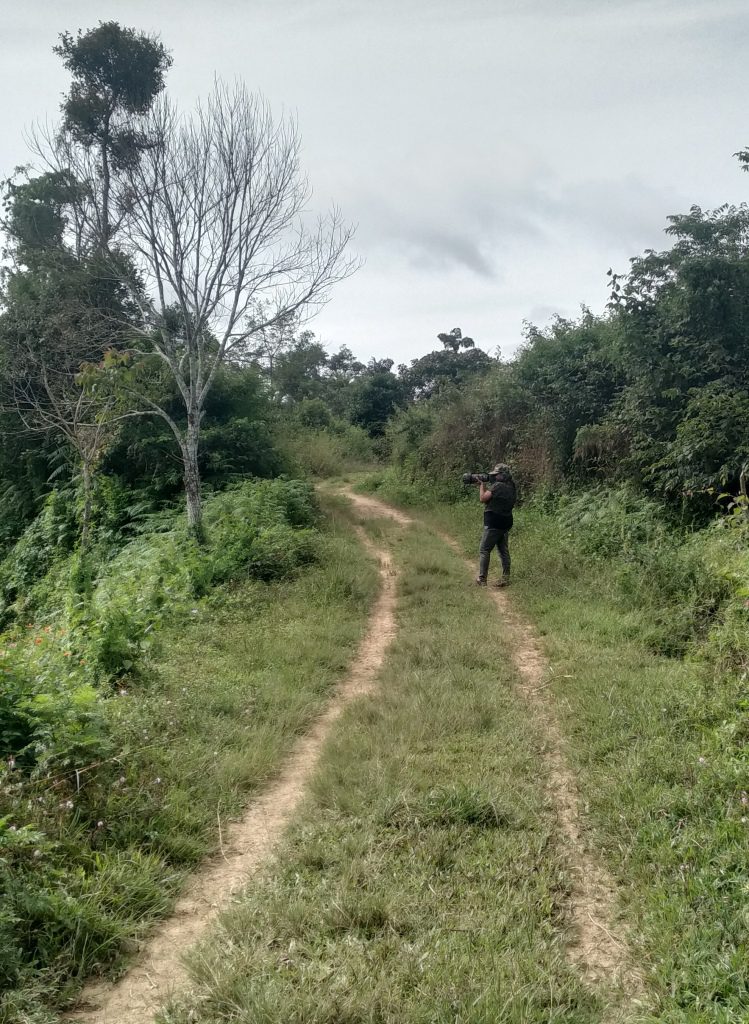
How did you become interested in photography?
My father was an army officer and we lived in many places like Pathankot and Jabalpur, and he clicked a lot, especially when he was posted in exotic places like Sikkim. When we went together, I used to carry his camera and also click some pictures. In those days, photography was expensive and we were very careful about the pictures we were taking. During my student days, I didn’t have a camera, but after I got married, I’ve always had one. I used to click photos of family members and events. Then, children and job happened.
When the pandemic started, I suddenly had more time on my hands, especially in the mornings. So I picked up my camera again and started clicking randomly – landscapes, flowers, leaves. Slowly, I narrowed it down to things which are alive and moving.
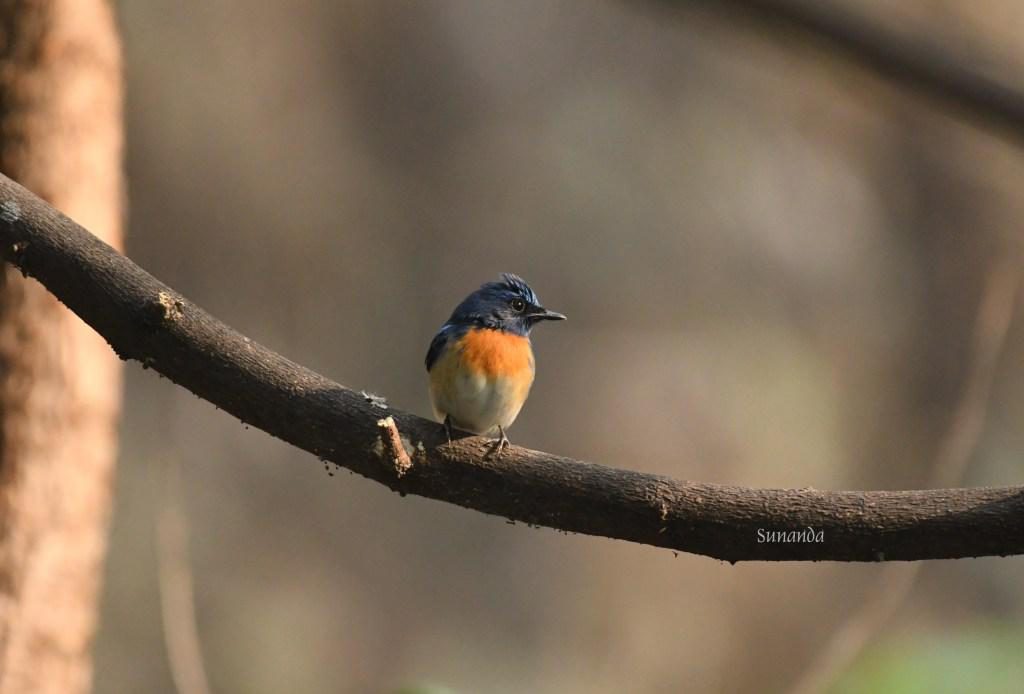
I then realised that I had a passion for [photographing] birds. Because it was the time of the pandemic, not many people were around. Of course, it took a lot of learning – you have to think about what you should wear, where you should stand, and the need to be absolutely still for birds to come closer in a natural habitat. I mostly do solo photography, but during my visits to Wildlife Sanctuaries, I realised that most people were interested in clicking big cats while I was looking at the trees for birds.
What is it about photography that excites you?
The first bird that I clicked was a flowerpecker that used to come to our terrace. It was completely unafraid of us – it was just about five feet away. And when I saw that it had a dotted ring around its eye and other details, it was unbelievable. Bringing out the details really excited me. I try to click from as many angles as possible to get a better idea about how the feathers are aligned, and their colours. And the more challenging it is to get these details, the more excitement there is.
When the pandemic started, I suddenly had more time on my hands, especially in the mornings. So, I picked up my camera again
I’m also very interested in their behaviour. Sometimes we can even make out if they are scared, if they are comfortable, or looking for a partner. With people, if you want to know something, we can just ask them. Animals display their emotions in other ways. When it comes to birds, they interact a lot with each other, even with birds of other species. Paying attention to that is like entering their world. Being a psychologist, understanding behaviour was exciting. That’s what made me take up photography seriously.
How is photographing animals, especially birds, different from photographing humans or landscapes or inanimate objects?
When it comes to clicking people or landscapes, I can be more flexible. I can move around, sit in a place that’s convenient. We can’t do that with birds and other animals. We need to go to their world rather than bring them to us. And we also have to understand their world. I remember when I first clicked the forest wagtail, I knew that if I moved even an inch, it would detect my presence. I stood on one leg so as not to move, just so that it would come closer to me. This is very different from shooting landscapes or humans. We also need to worry about the time when we should go to photograph them. Our clothing is different, how we breathe is different, what we carry with us is also different. I like to shoot birds in their habitats and see how they behave. I don’t like to see birds in bird hides, where they come because we feed them. You need a lot of patience if you want to get something in their habitat.
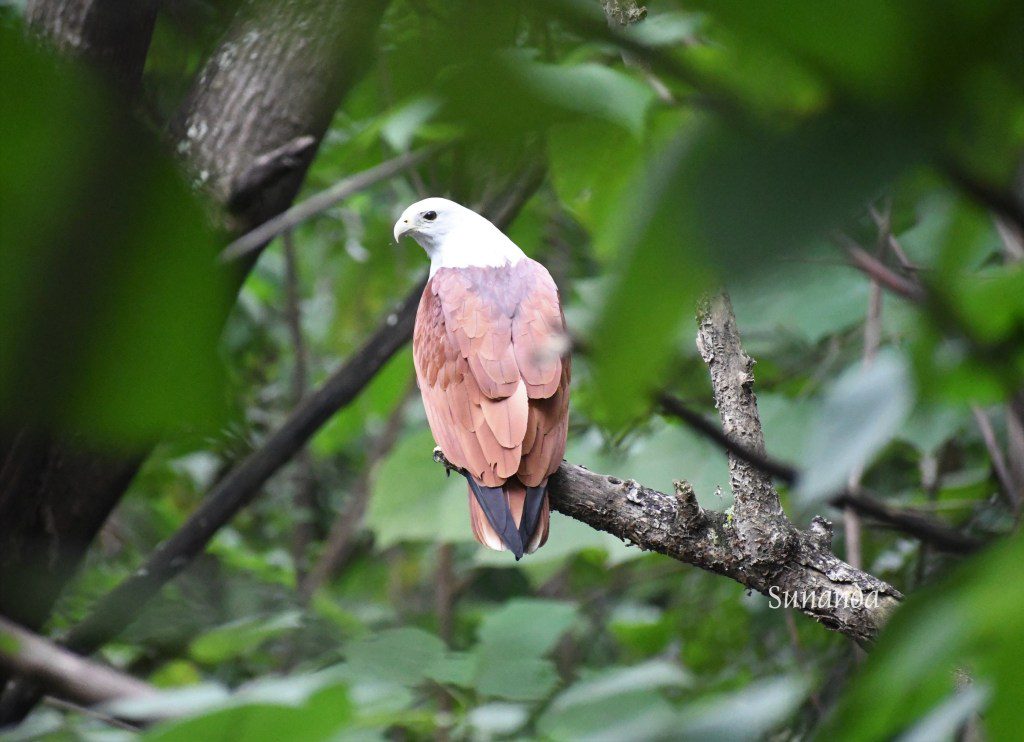
Bird photography is different, even from photography of other animals, because if I set up my exposure for a particular sky level and if the bird flies down to a place that is not bright, then I have to quickly change my exposure. You need to know your camera very well to adjust the exposure, focus, and so on very fast.
Do you take pictures of animals to get that perfect shot or are you trying to understand animals through your photography? Which is the means and which is the end?
Just the other day someone told me, “Ma’am, go look for one species of bird and click that.” But what I do is go to a particular place and document everything that’s there. I also submit what I document to eBird [a citizen-science project] I try to gather information about all the species that are there, where they are found, and the time of the day. I don’t think about what photographs will come out. I try to understand birds first – their habitats, why they are where they are and not elsewhere. And as I said I have a need to see the birds in more detail. There are very small differences between some species and subspecies of birds. And in order to look at them in detail, I need to have their photographs. So, photography is incidental.
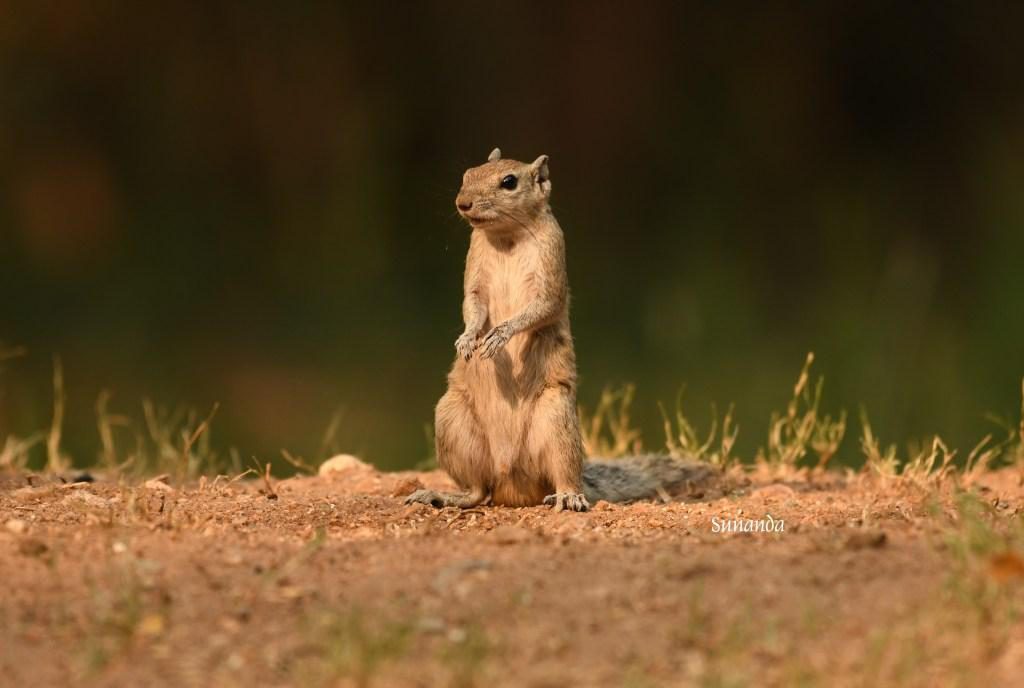
You do most of your photography on IISc’s campus. What makes this such an attractive place for photographers?
We have a great variety of plant life here. We have been able to protect some patches in IISc for years, which are somewhat untouched, where we have the undergrowth, a very essential part of the ecosystem. Unless you have undergrowth, you won’t have insects, and if you don’t have insects, you won’t have birds. That is what makes IISc so rich. Imagine a place like this in the midst of a bustling city. You have Yeshwantpur on one side, Sadashivnagar on the other, and then Mathikere and New BEL Road. You can’t imagine that such a place exists until you enter it. And the more such patches of greenery remain untouched, the richer they will be. So that’s what makes IISc so attractive to photographers – there’s so much to click: birds, landscapes, buildings. IISc has so much to offer. And many student photographers are getting more and more creative. Even with their mobile cameras.
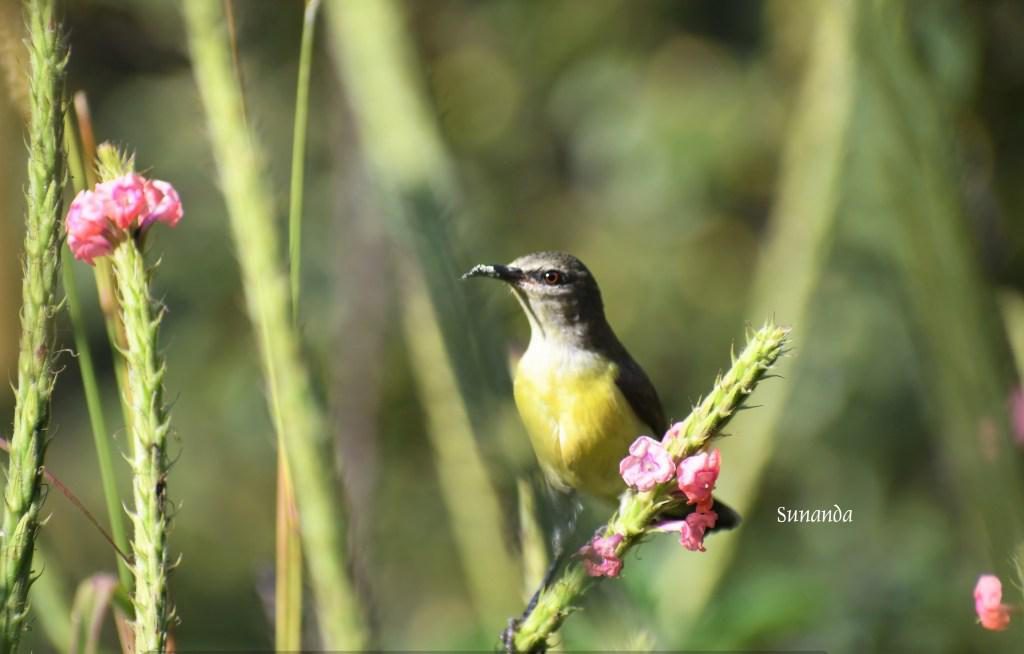
Now of course that seems to be changing – we’re putting lawns and 25 bushes of the same kind of an ornamental plant. Monoculture does not support much animal life. You won’t see many insects or birds there. So, every time I post something on the Nature Club’s Facebook page, I say, “From our beautiful campus.” Let’s keep it that way and make nature a part of our lives.
Given that the campus is changing and will continue to change – more buildings are coming up as IISc looks to grow – what suggestions do you have for preserving its greenery?
I would suggest that we should use as little concreting as possible. Of course, this is a research institution. We need labs and other research facilities. But I would very strongly ask the administrators to use as little space as possible for constructing these facilities. The second thing I’d like to say is this: don’t surround any green patches completely with tall buildings. Somebody once told me, “We’ve only occupied this much space and left about 40 acres of greenery.” But birds are foragers. You can’t have one small patch with a few trees here and one small patch with a few trees there, and expect birds to thrive. They cannot do that. So, when you’re making buildings, make sure that these patches are well connected by trees and are not completely cut off from each other.
You can’t have one small patch with a few trees here and one small patch with a few trees there, and expect birds to thrive
If a bird living behind the erstwhile Nisarga restaurant felt threatened at any moment, it could escape to the patch of forest behind the Registrar’s house and then to the middle forest in front of the Main Building. The undergrowth near the Main Building was so beautifully thick that you could not see the other side until a few years ago. We had birds like pipits and larks there, which we don’t anymore. Even though birds can fly, they cannot move large distances in the open if there is no connectivity. They are very shy and wary of predators, especially the smaller birds. There have been occasions when a raptor like a shikra would be sitting next to me, and I won’t know that it’s there until the squirrels start screaming. So, the smaller birds have to be careful all the time and they need the help of trees. I would tell the planners to therefore ensure connectivity of trees and also leave the undergrowth alone. Not everything needs to be manicured. Manicured lands don’t support much life.
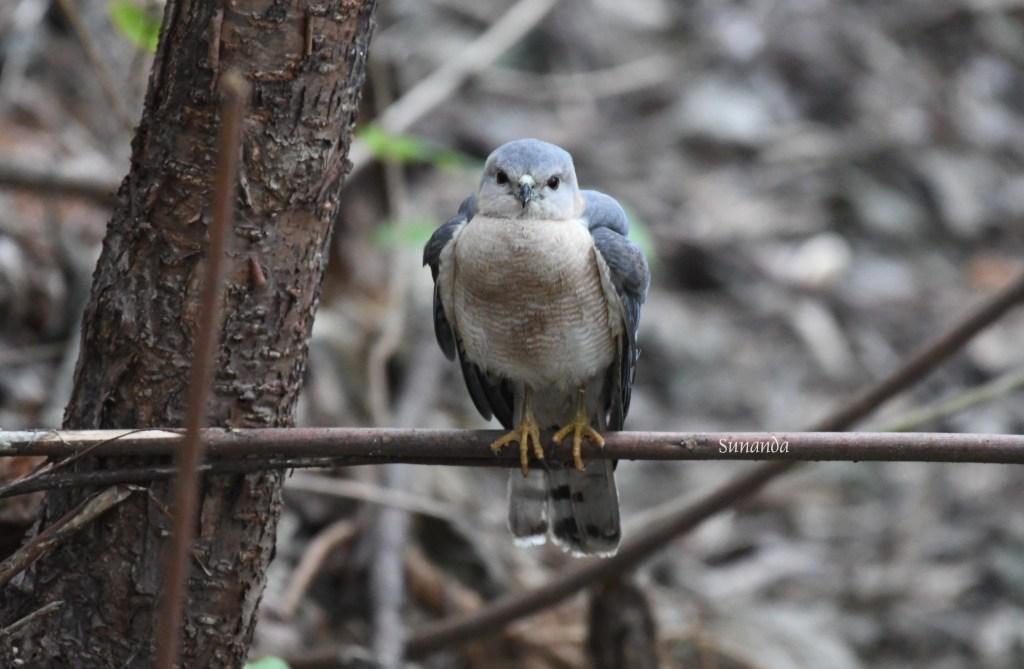
And to others who are part of the IISc community, I would like to tell them not to feed animals. Don’t interfere with them. Dispose your garbage responsibly and use as little plastic as possible.
Have you documented anything rare on campus with your camera?
Snakes are not easy to find. Just today, I posted a picture of a pair of male rat snakes in combat. Last year was lovely, with all people at home, and fauna thrived on campus. When I went to Jubilee Garden once, I was wondering, from a distance, why some kingfishers were behaving so differently. Then, I saw a whole bunch of chestnut-headed bee-eaters, which we hadn’t seen on campus in a long time.
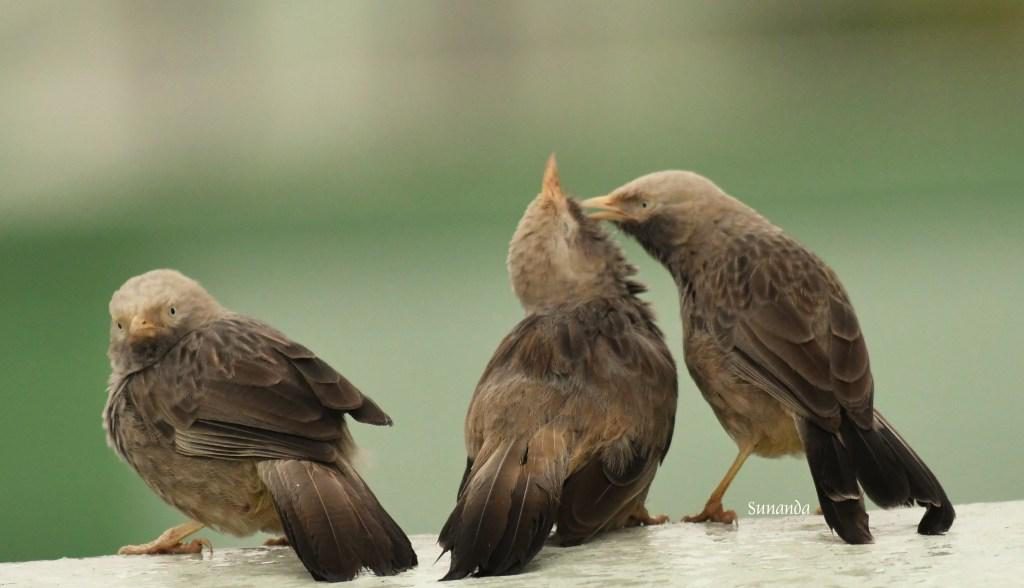
You are a psychologist. What role do you see for hobbies like photography for students who are dealing with the pressures that come from being in academics?
There’s an old saying, “All work and no play makes Jack a dull boy,” and it’s very true for people of all ages. I feel people need to have some activities in life that they ‘want to do’, besides the ones they ‘have to do’. In order to identify the activity that we can become passionate about, we need to explore. Failures will come our way. It’s important to remember that it’s not about being the best but about enjoying doing it. Exploration has to do with living in a real world, where we use all our senses and identify our needs and abilities, and see authenticity around us. Nature is very authentic and true, there are no lies, nothing is fake, and therefore is trustworthy and reliable. The closer we are with nature, and in sync with it, the more reassured we feel about life. This is my experience.



